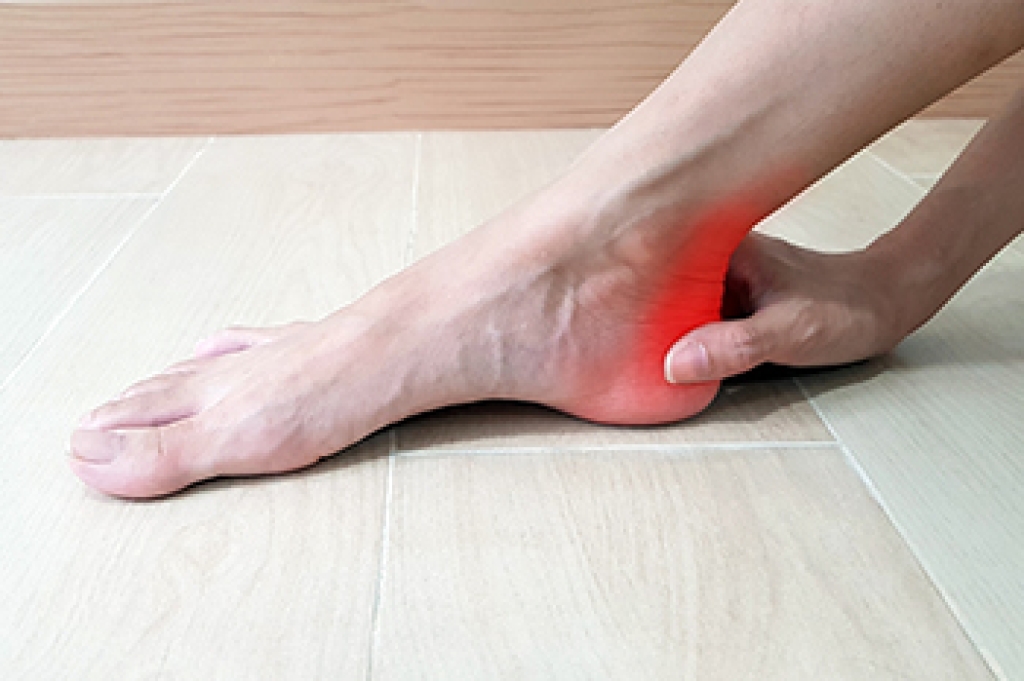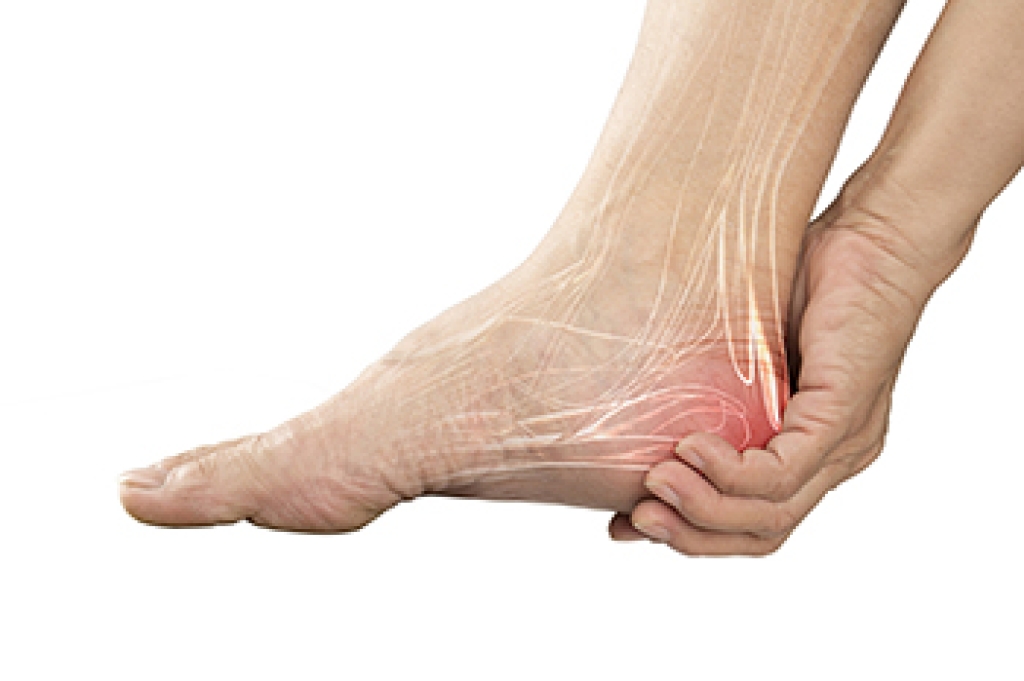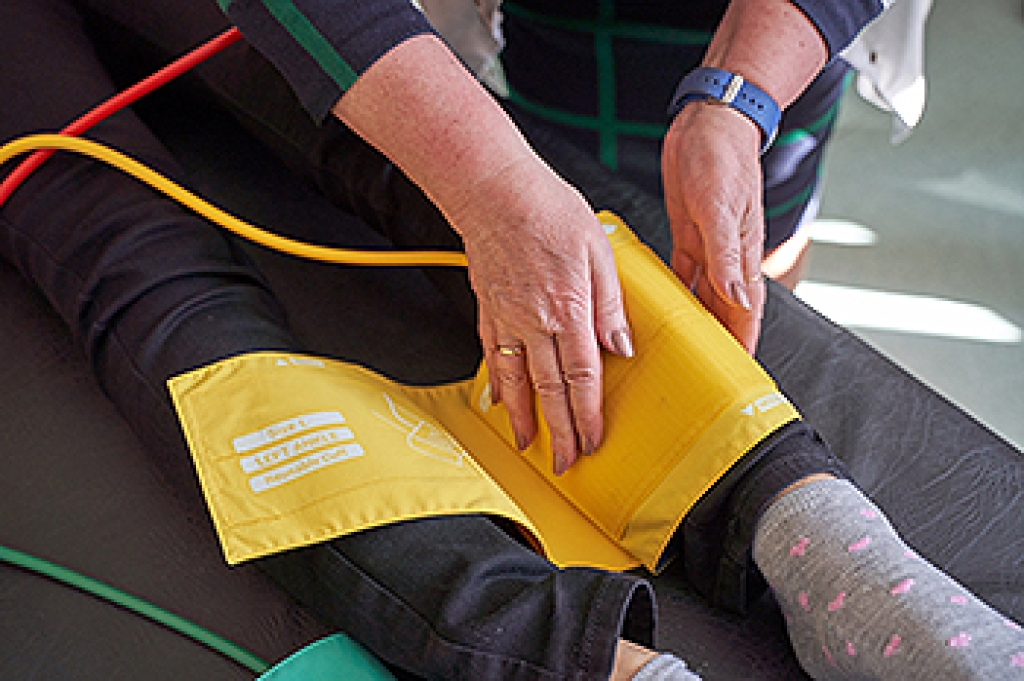
The long band of tissue at the back of the ankle, known as the Achilles tendon, allows the heel to lift when walking, running, or climbing stairs. When this tendon becomes irritated from overuse, Achilles tendinitis can develop, causing pain, stiffness, and swelling near the heel. If the tendon is repeatedly strained, the fibers can weaken, leading to degeneration called Achilles tendinosis. A sudden force to the foot or landing awkwardly from a jump can cause a tear, or rupture, which often produces sharp pain and makes it difficult to walk normally or stand on tiptoe. Risk of an Achilles tendon injury increases with running uphill, quick changes in direction, tight calf muscles, or wearing flip-flops or worn out shoes. A podiatrist can diagnose the injury, recommend supportive footwear, prescribe orthotics, or advise if surgery is necessary. If you have injured your Achilles tendon, it is suggested that you schedule an appointment with a podiatrist for a diagnosis and appropriate treatment.
Achilles tendon injuries need immediate attention to avoid future complications. If you have any concerns, contact Manisha Mehta, DPM of Detroit, MI. Our doctor can provide the care you need to keep you pain-free and on your feet.
What Is the Achilles Tendon?
The Achilles tendon is a tendon that connects the lower leg muscles and calf to the heel of the foot. It is the strongest tendon in the human body and is essential for making movement possible. Because this tendon is such an integral part of the body, any injuries to it can create immense difficulties and should immediately be presented to a doctor.
What Are the Symptoms of an Achilles Tendon Injury?
There are various types of injuries that can affect the Achilles tendon. The two most common injuries are Achilles tendinitis and ruptures of the tendon.
Achilles Tendinitis Symptoms
- Inflammation
- Dull to severe pain
- Increased blood flow to the tendon
- Thickening of the tendon
Rupture Symptoms
- Extreme pain and swelling in the foot
- Total immobility
Treatment and Prevention
Achilles tendon injuries are diagnosed by a thorough physical evaluation, which can include an MRI. Treatment involves rest, physical therapy, and in some cases, surgery. However, various preventative measures can be taken to avoid these injuries, such as:
- Thorough stretching of the tendon before and after exercise
- Strengthening exercises like calf raises, squats, leg curls, leg extensions, leg raises, lunges, and leg presses
If you have any questions please feel free to contact our office located in Detroit, MI . We offer the newest diagnostic tools and technology to treat your foot and ankle needs.




